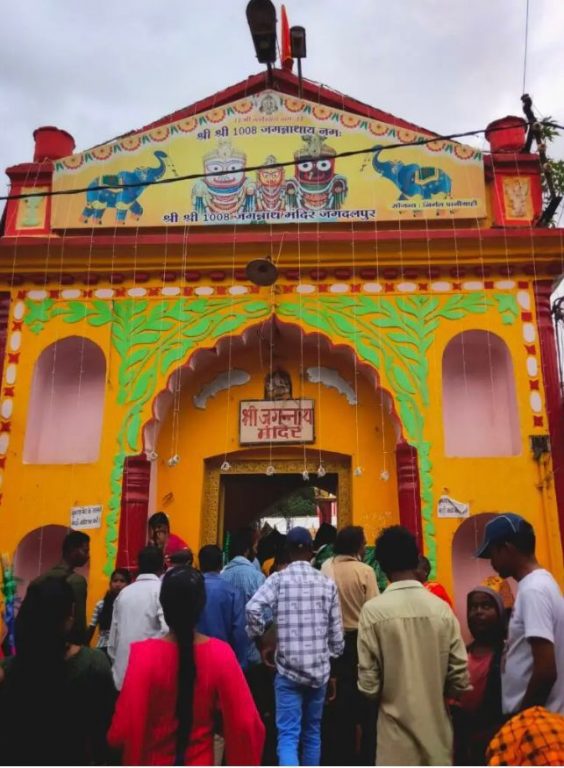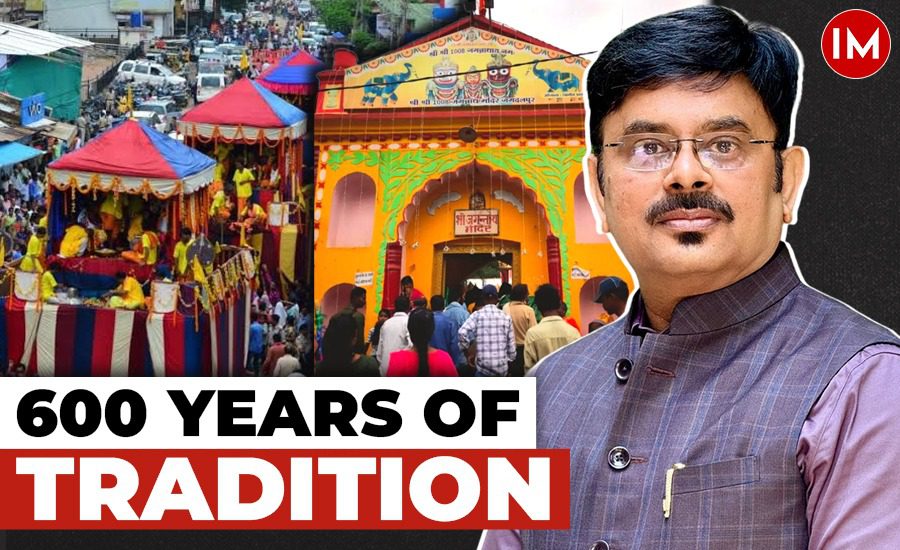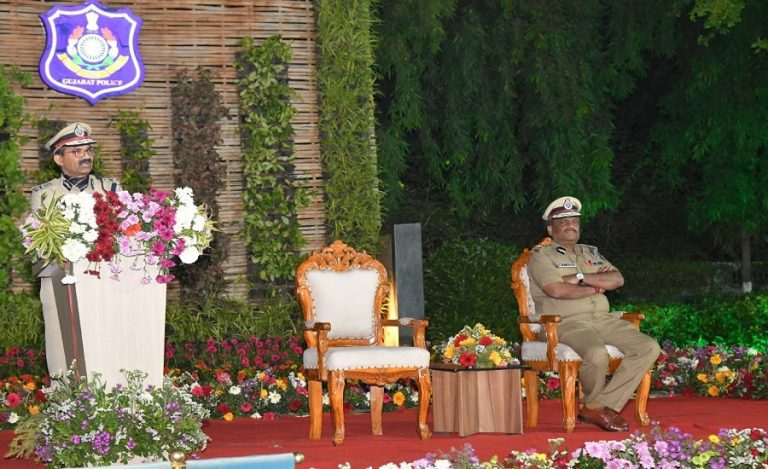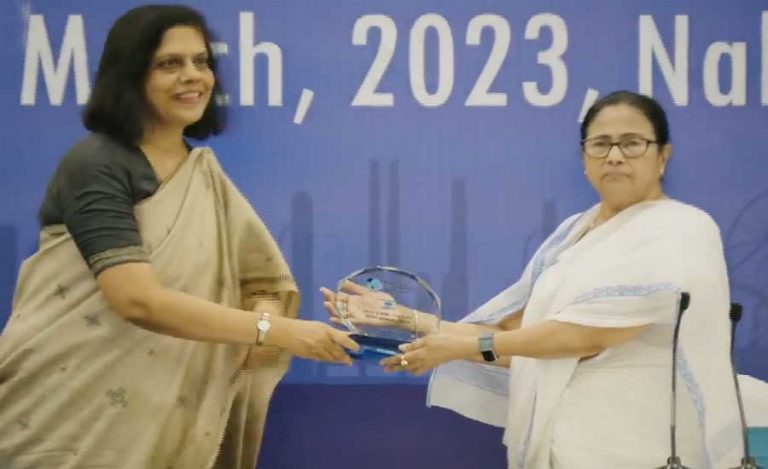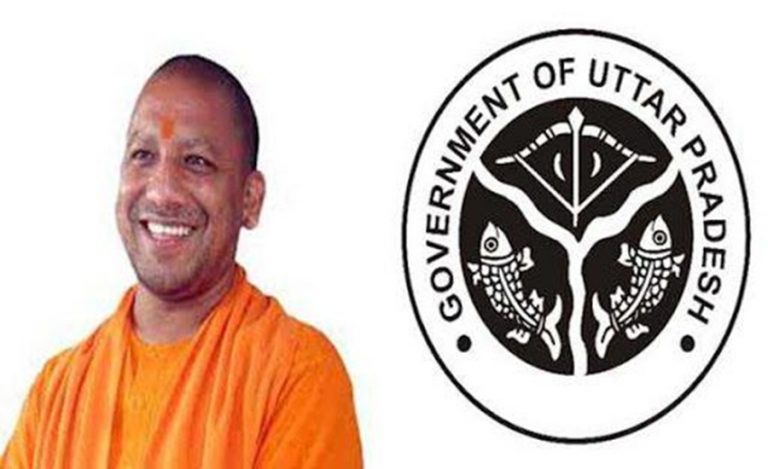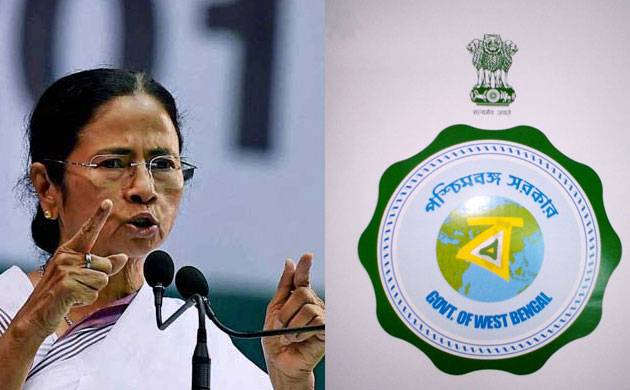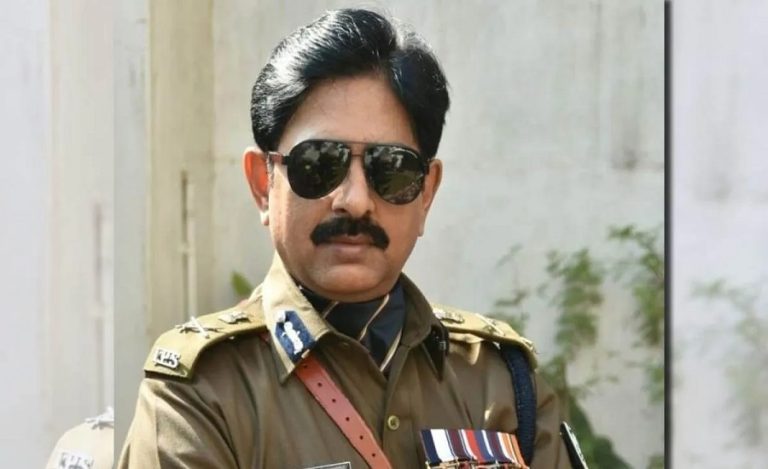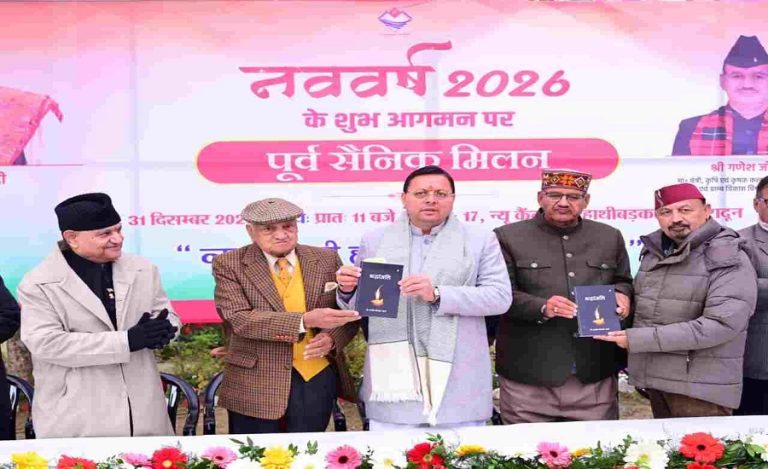The Bastar Goncha Festival, held from July 7 to July 15, 2024, is not just a spectacle but a journey through time and culture that has been celebrated for over 600 years. This vibrant festival, deeply rooted in history and tradition, is a testament to the rich cultural heritage of Bastar.
IAS officer Jitendra Shukla, MD Tourism of Bastar, is overseeing and promoting the festival with great enthusiasm, aiming to bring it to national and global prominence. He shared details about it, in an exclusive conversation with Indian Masterminds.
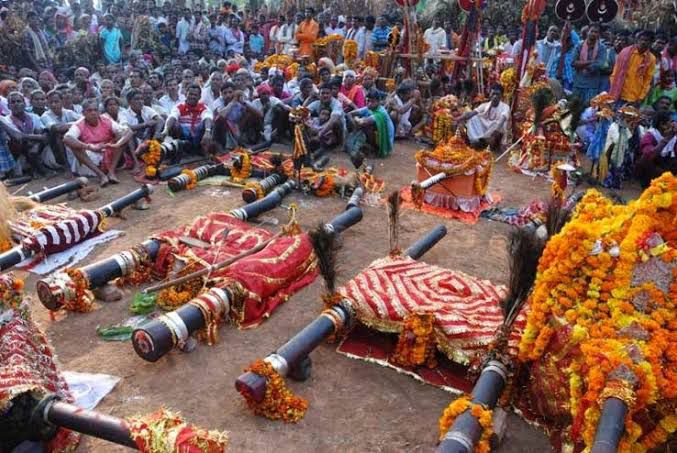
THE HISTORICAL ROOTS OF GONCHA FESTIVAL
The Goncha Festival traces its origins back to the Chalukya dynasty, an era marked by grandeur and cultural richness. The festival’s chariot procession, a highlight of the celebrations, was initiated by the rulers of this dynasty. The story begins with Maharaja Purushottam Dev of Bastar, who, after his coronation in 1408, made a significant pilgrimage to Jagannathpuri in Odisha.
During his visit, Maharaja Purushottam Dev offered precious emeralds to the deity at Jagannathpuri, earning him the esteemed title of Rathapati. Inspired by the grandeur of the chariot processions he witnessed; the Maharaja decided to introduce a similar tradition in Bastar. He ordered the construction of a 16-wheeled chariot, contributing four of its wheels to the construction of Lord Jagannath’s chariot in Puri and using the remaining wheels to build a magnificent chariot for Bastar.
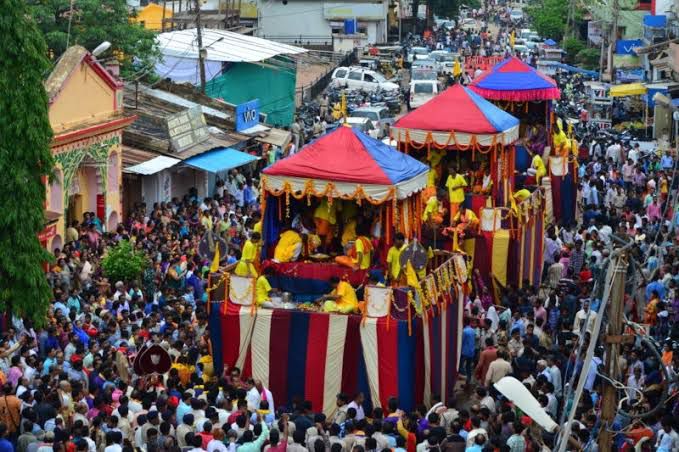
THE NINE-DAY CELEBRATION
The Goncha Festival spans nine days, starting on AsadhShuklDutiya and concluding on AsadhShuklDashmi. Each day is filled with rituals, processions, and community gatherings that showcase the rich cultural heritage of Bastar. The festival begins with the rathyatra, a grand chariot procession involving deities Lord Jagannath, Balbhadra, and Subhadra Devi
The rathyatra is a sight to behold, with elaborately decorated chariots, vibrant music, and joyous crowds. The streets come alive with the colors and sounds of the festival, creating an atmosphere of joy and celebration. As the chariots make their way through the town, devotees offer prayers and seek blessings, adding a spiritual dimension to the festivities.
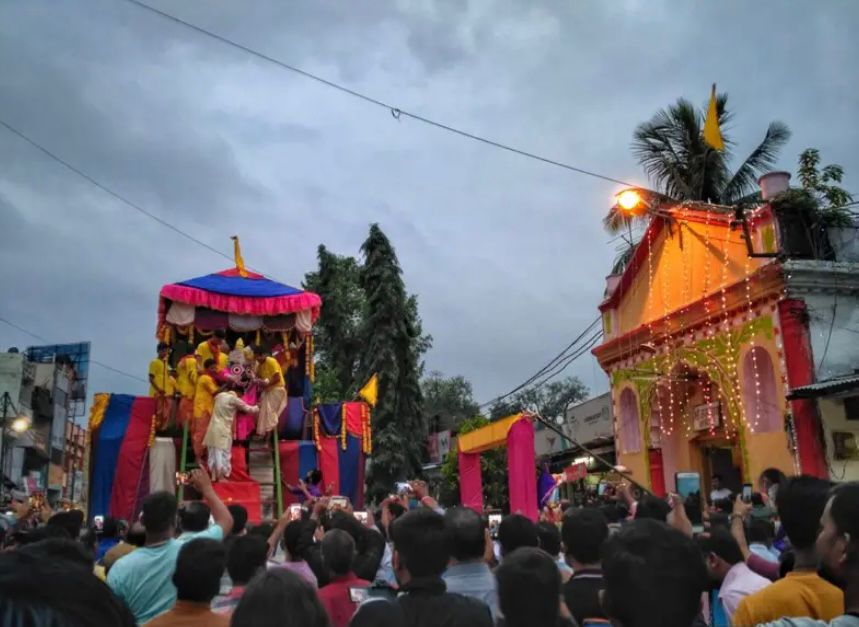
PROMOTING GONCHA FESTIVAL ON A GLOBAL SCALE
Mr. Shukla is spearheading efforts to elevate the Goncha Festival to national and international levels. Inspired by successful cultural events like the Kutch Festival of Gujarat, which attracts millions of tourists annually, Mr. Shukla and his team are working tirelessly to prepare for a grander celebration.
“Right now, the festival is the heart and soul of Bastar. We want to bring it up to national and international levels so that it gains popularity year after year, which will directly help the district and boost its economy as well,” he told Indian Masterminds.
The tourism department has already drafted a concept note and sent proposals to bring the festival into the national spotlight. Plans are in motion to build special infrastructures to accommodate the influx of visitors and to portray the rich culture of Bastar in all its glory.
“Hopefully, by the end of this year, we will be able to begin with the Bastar festival on a national level, even if it’s on a small scale right now,” he shared.
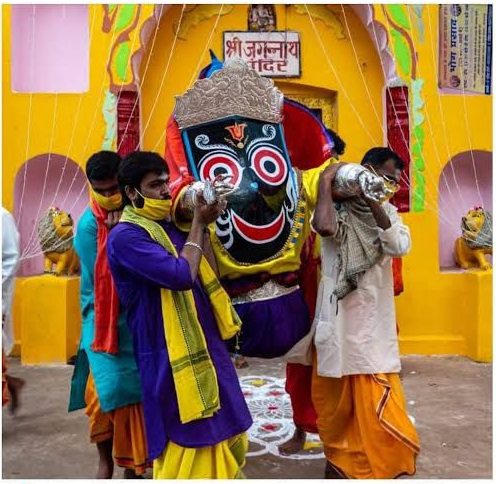
BOOSTING LOCAL ECONOMY
Currently, the festival boosts the local economy, albeit on a minimal level. The officer and his team are making efforts to upscale it, understanding that only through attracting spending tourists will the region’s economy receive a significant boost.
Local tourist footfall is already promising, with numbers expected to rise to 25,000-30,000 per day by the time of the Dussehra festival. Most tourists come from West Bengal, Odisha, and southern states like Telangana. Mr. Shukla envisions the festival gaining popularity across pan-India, attracting tourists who will rent accommodations, spend money on local food, and engage in local travel, thereby stimulating the region’s economy.
“We want people from all over the country to come and visit and explore the unexplored Chhattisgarh, especially during the monsoons, when it’s beautiful,” he stated.

CONNECTING CULTURAL HERITAGE
Mr. Shukla is also planning to connect the Dussehra festival with other significant cultural sites such as Chitrakoot, Jalprabhat, and Dantewada temples, which have rich cultural heritage. By linking these sites, he aims to create a cohesive cultural experience that will attract tourists and celebrate the diverse cultural landscape of Bastar.
“We are looking forward to set up cultural village in the area as well, so that the tourists can observe the ancient artifacts of the regions and enjoy the handicrafts here,” he told Indian Masterminds.
He further added, “Initially, it was difficult for people to reach Jagdalpur, the city in the tribal district of Bastar where the festival procession takes place. But now with the construction of airport in the place and easy connectivity with cities like Raipur and Hyderabad, the place has become easily accessible to everyone. One can fly down and reach Bastar in a few hours. Moreover, the road connecting Raipur to Jagdalpur is also in a wonderful condition and one could drive across the beautiful scenic cities to reach here.”
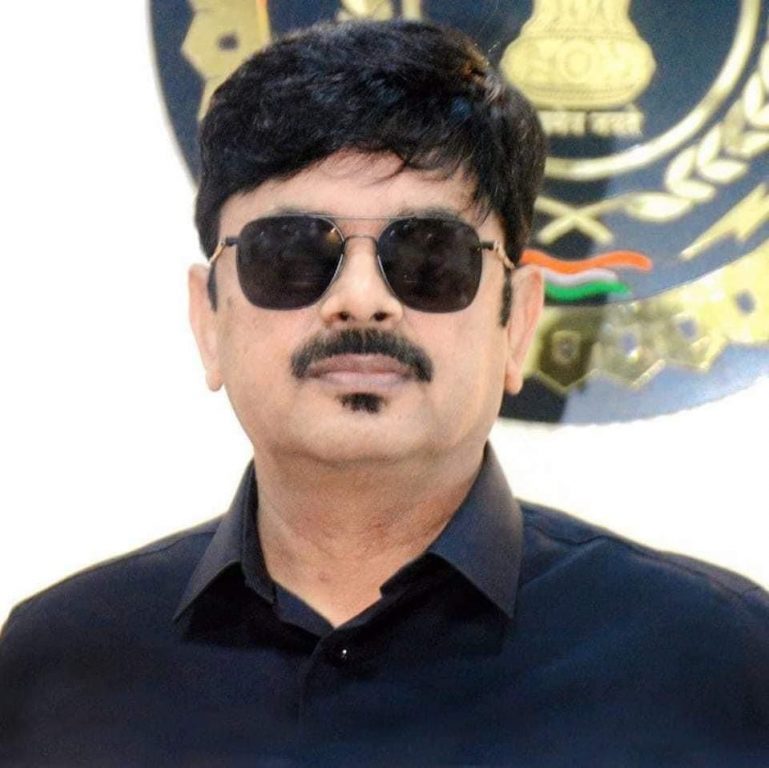
The Bastar Goncha Festival is a celebration of history, culture, and community. With the dedicated efforts of IAS officer Jitendra Shukla and his team, this year’s festival promises to be a grand affair, aimed at bringing the rich traditions of Bastar to a wider audience. As the festival continues to grow, it holds the potential to become a significant cultural event on the national and global stage, showcasing the vibrant heritage of Bastar and boosting the local economy.
